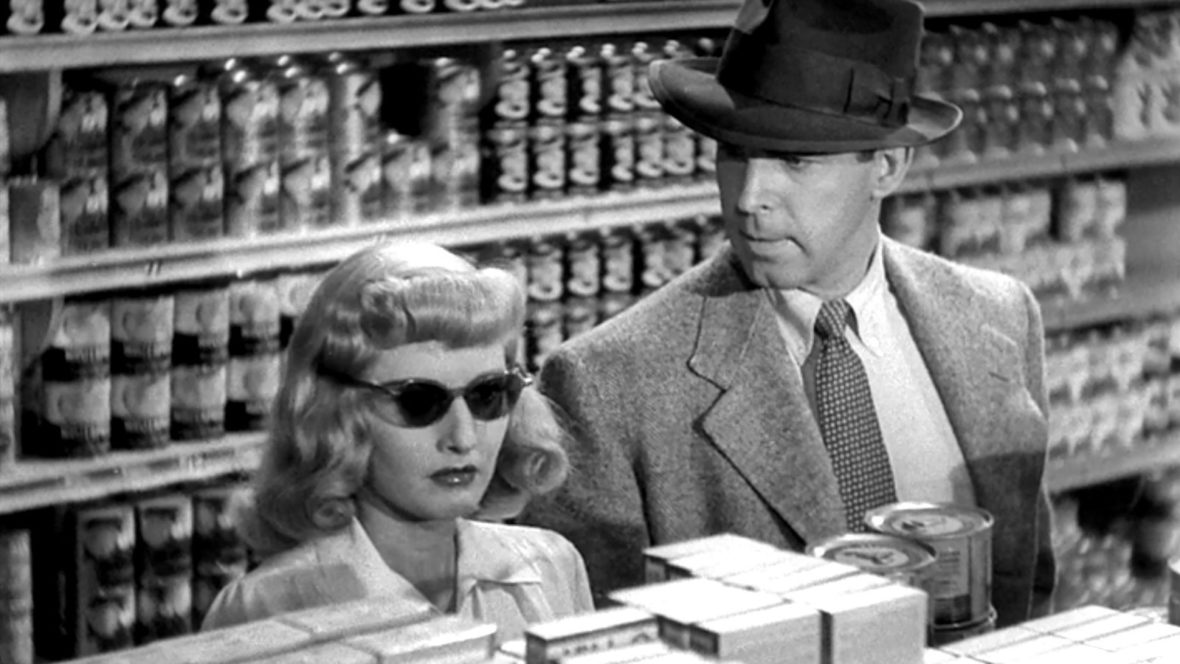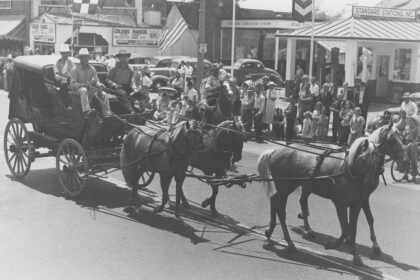Double Indemnity is a 1944 film noir directed by Billy Wilder, co-written by Wilder and Raymond Chandler, and produced by Buddy DeSylva and Joseph Sistrom. The screenplay was based on James M. Cain’s 1943 novella of the same name, which originally appeared as an eight-part serial in Liberty Magazine, beginning in February, 1936. Take a look below for 30 more fun and interesting facts about Double Indemnity.
1. The movie stars Fred MacMurray as an insurance salesman, Barbara Stanwyck as a provocative housewife who wishes her husband was dead, and Edward G. Robinson as a claims adjuster whose job is to find fake claims.
2. The term “double indemnity” refers to a clause in certain life insurance policies that doubles the payout in rare cases when death is caused accidentally.
3. Praised by many critics when it was first released, Double Indemnity was nominated for seven Academy Awards but didn’t win any.
4. Widely regarded as a classic, Double Indemnity is often cited as a paradigmatic film noir and as having set the standard for the movies that followed in that genre.
5. In 1992, Double Indemnity was deemed, “culturally, historically, or aesthetically significant,” by the U.S. Library of Congress and was selected for preservation in the National Film Registry.
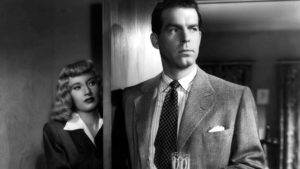
6. In 1998, it was ranked #38 on the American Film Institute’s list of the 100 Best American Films Of All Time.
7. The scene where Neff and Dietrichson can’t get their car started after the murder, was added by Billy Wilder after his car wouldn’t start at the end of a shooting day.
8. Author James M. Cain later admitted that if he had come up with some of the solutions to the plot that screenwriters Billy Wilder and Raymond Chandler did, he would have employed them in his original novel.
9. In the first scene in which Walter first kisses Phyllis, we see a wedding ring on Walter’s hand. Fred MacMurray was married and the ring wasn’t noticed until post-production.
10. On viewing the movie’s rushes, production head Buddy G. DeSylva remarked of Barbra Stanwyck’s blonde wig, “We hired Barbara Stanwyck, and here we get George Washington.”
11. In the scene where Phyllis is listening at Neff’s door as he talks with Keyes, Keyes exits into the hallway an Phyllis hides behind the door. The door opens into the hallway which isn’t allowed by building codes, even back then, but it does give Phyllis something to hide behind and increase the tension.
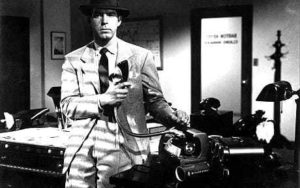
12. Billy Wilder and Raymond Chandler didn’t get along while writing the script, a process that was apparently filled with arguments. Wilder claimed that he flaunted his womanizing ability at the time just to torment the sexually-repressed Chandler.
13. Barbara Stanwyck was the first choice to play Phyllis, but she was unnerved when seeing the role was of a ruthless killer. When she expressed her concern to Billy Wilder, he asked her, “Are you a mouse or an actress?”
14. Double Indemnity is the only film appearance of screenwriter and novelist Raymond Chandler.
15. When approached about adapting the novel to the screen, Raymond Chandler told Billy Wilder that he had to get at least $150 a week in salary and was surprised when Joseph Sistrom told the writer that they had planned to give him $750 a week.
16. Due to strict wartime food rationing, policemen were stationed in the store where a scene with Fred MacMurray and Barbara Stanwyck was filmed, to make sure that nobody on the film crew tempted to take away any of the food. Paramount released publicity stills showing four policemen in the story with MacMurray and Stanwyck.
17. The house used as Barbara Stanwyck’s character’s home still stands today at 6301 Quebec Drive.
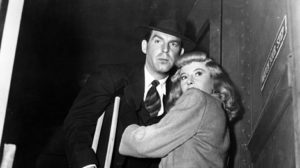
18. Silver dust was mixed with some subtle smoke effects to create the illusion of waning sunlight in Phyllis Dietrichson’s house.
19. James M. Cain was thrilled with this adaption of his novella and saw it repeatedly.
20. The victim, Mr. Dietrichson, is an oil company executive. Screenplay writer Raymond Chandler was an oil company executive before he became a writer.
21. Billy Wilder had a tough time getting a leading man for the movie, as many actors, including George Raft turned the project down. He had to persuade Fred MacMurray to accept the part.
22. It was ironic that Raymond Chandler would agree to work on an adaption of James M. Cain’s novel, as he felt that Cain’s work wasn’t very good.
23. Raymond Chandler, who knew nothing about screenwriting or filmmaking and had never been in a studio before Double Indemnity, didn’t care about Billy Wilder. He thought that the director spoke too fast, was too jumpy and was disrespectful because he wore a baseball cap indoors.
24. Fred MacMurray’s reputation at the time was for playing nice guys, so he didn’t feel like he was up to the challenge. Dogged persistence on Billy Wilder’s part eventually wore him down.
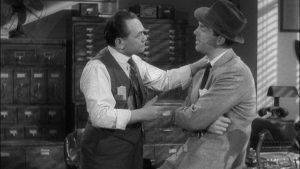
25. In the early 1970s, Paramount had plans to remake Double Indemnity with Robert Redford in the Fred MacMurray role. However, the project never got off the ground.
26. Billy Wilder’s usual collaborator, Charles Brackett, didn’t want to work on the screenplay, as he was uncomfortable with the material.
27. Dick Powell wanted the role of Walter Neff, but he was under contract to another studio and they wouldn’t allow it. He was enraged and tore up his contract. The role went to Fred MacMurray.
28. Double Indemnity is Billy Wilder’s first thriller.
29. Susan Hayward and Mona Freeman were initially cast as Lola.
30. Lux Radio Theater broadcast a 60 minute radio adaption of the movie on October 30, 1950, with Barbara Stanwyck and Fred MacMurray reprising their film roles.

